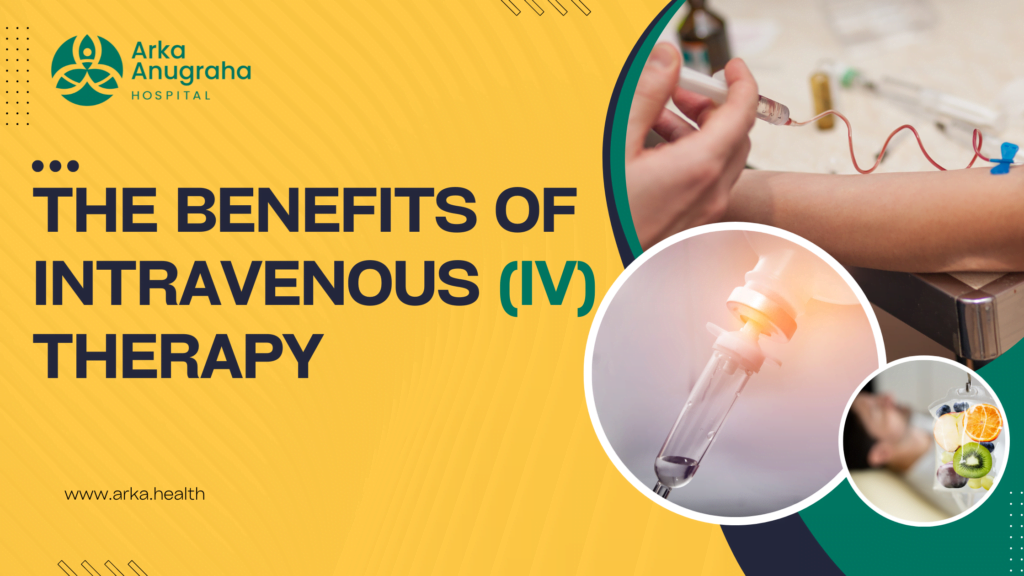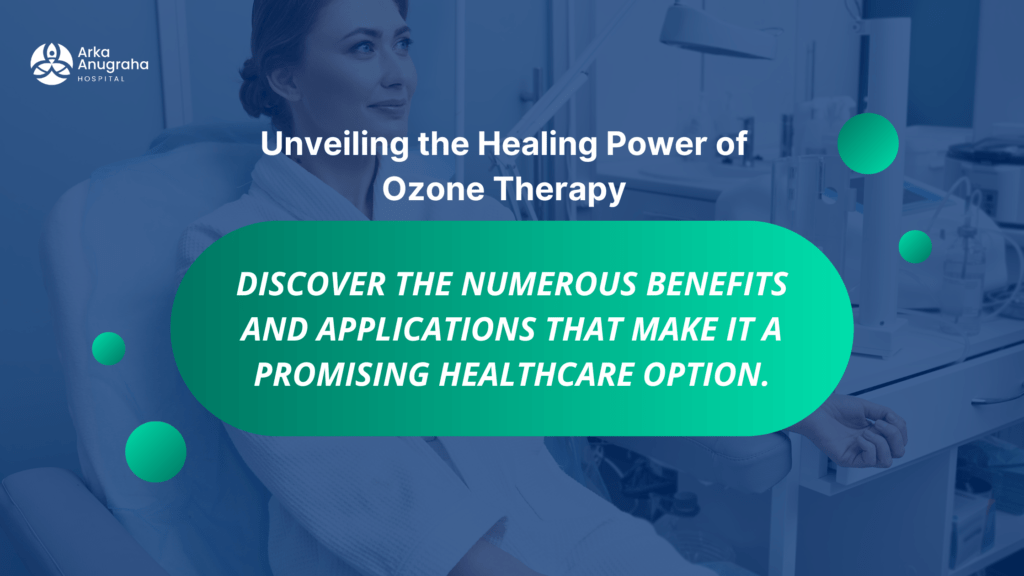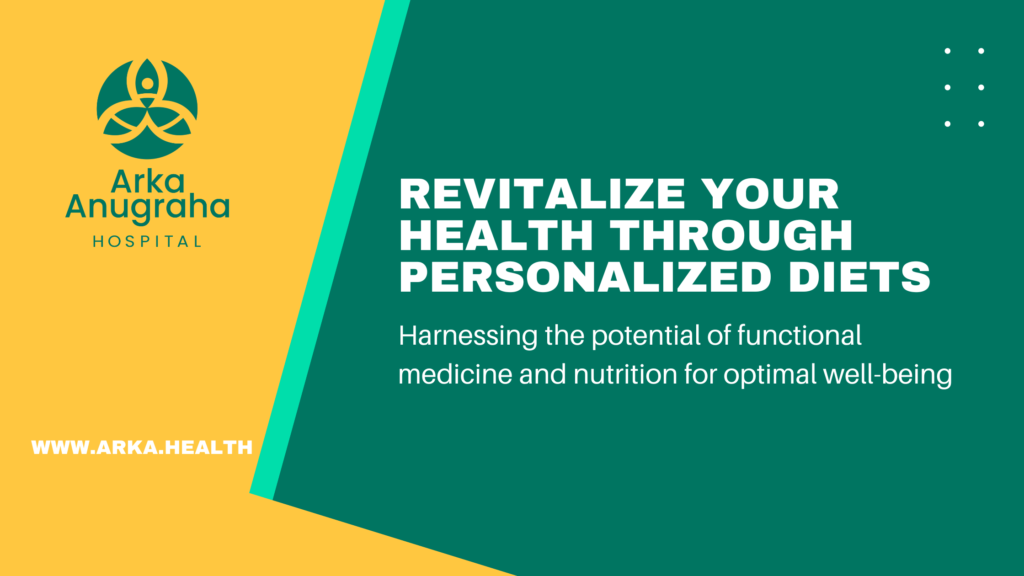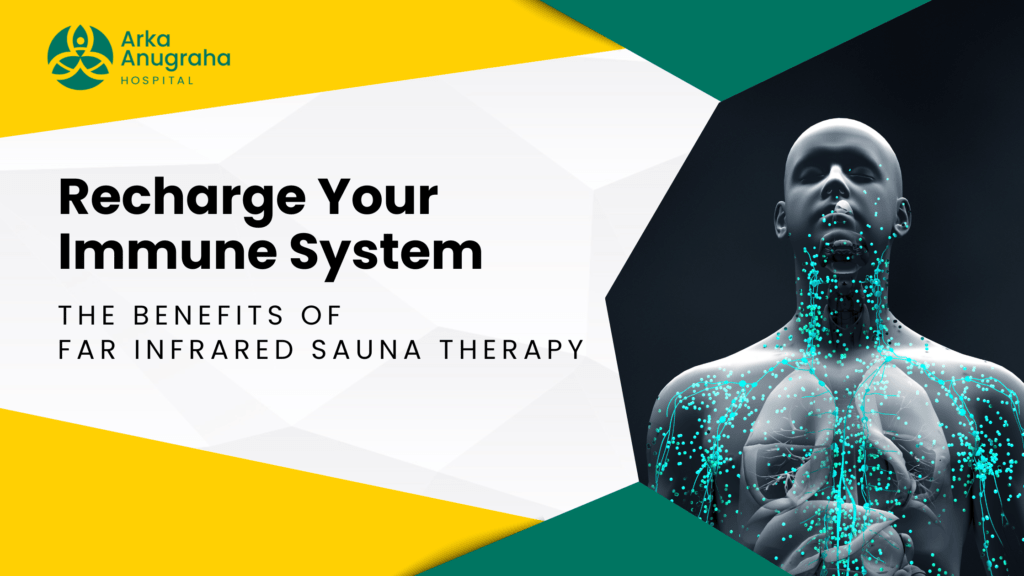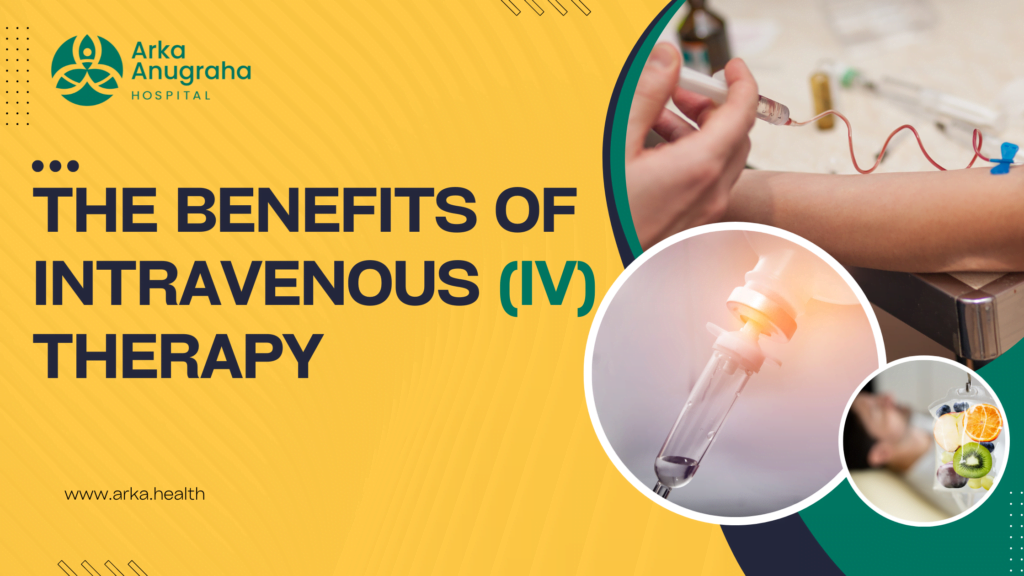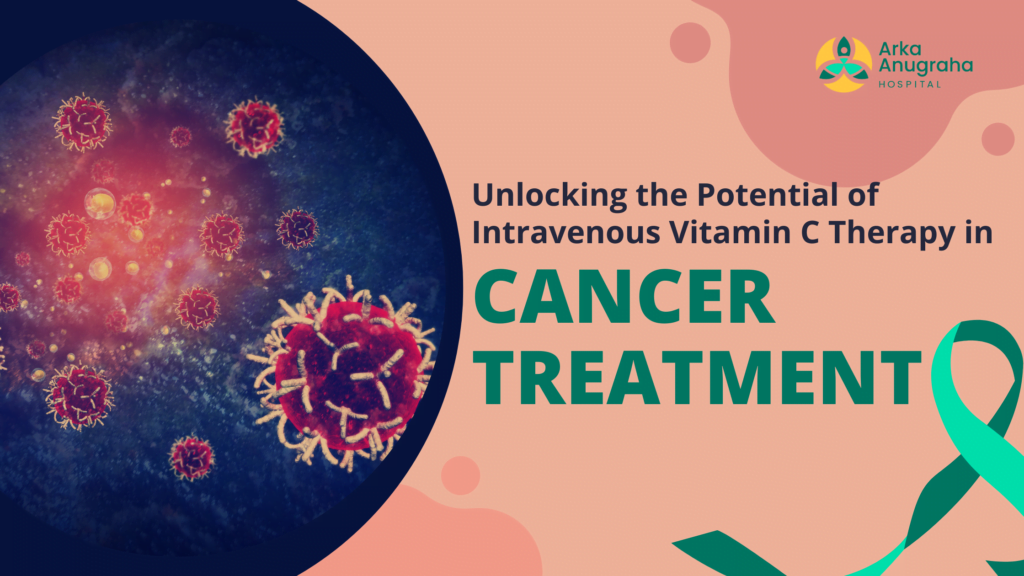The price of IV therapy varies depending on what condition you’re being treated for and where you get it. In most cases, you’ll need an appointment with your doctor in order to receive IV therapy—and that appointment will likely cost more than the actual procedure itself.
IV fluids can provide a broad range of nutrients that can improve health and wellness, including an energy boost. IV therapy offers an easy and efficient way to deliver fluids, blood products, medications and nutrition to a person’s body. IV therapy is usually safe when administered by trained medical professionals.
In addition to keeping you hydrated, IV fluid therapy can help you receive a correct nutrient balance and replenish electrolytes. IV therapy may be beneficial in cases of dehydration or malnutrition. The FDA does not regulate intravenous vitamin therapy, so there are no federal guidelines for how much of each vitamin should be included in the mixture.
Potential side effects include bruising and soreness at the site of the needle placement, mild tingling or burning in your arm, swelling in your arm or hands or lightheadedness when the infusion begins. You should talk to your doctor before undergoing any type of intravenous therapy because it can have side effects.
IV therapy is a great option right now to help rebuild your immune system
IV therapy can be used for a variety of conditions, including immune support, and healing from coronavirus.
IV therapy is a safe and effective treatment that delivers vitamins and minerals to your cells.
Here’s what you need to know about this revolutionary drug-free treatment.
IV therapy can be a good way to help recover from severe viral infections such as COVID-19, it can also be used regularly for immune support.
As the virus spread across the globe, numerous patients and survivors with lingering symptoms found themselves with little to no support to recover. Even months after infection, many symptoms can persist, including long-term cough, dizziness, chest pain, muscle pain, and mental fog. Most testing methods are not sensitive enough to measure remaining viral particles in the body; however, research has shown that on average a patient harbors enough of the novel coronavirus to be contagious for up to 27 days after initial symptom onset. The illness is known as “post-COVID syndrome” or “Long COVID”; there’s currently no treatment for it.
Coronavirus (COVID-19) is a new strain of coronavirus that was first identified in December 2019 in Wuhan, China. It causes respiratory illness similar to other types of coronaviruses, which include SARS and MERS. The World Health Organization declared COVID-19 a pandemic on March 11, 2020.


